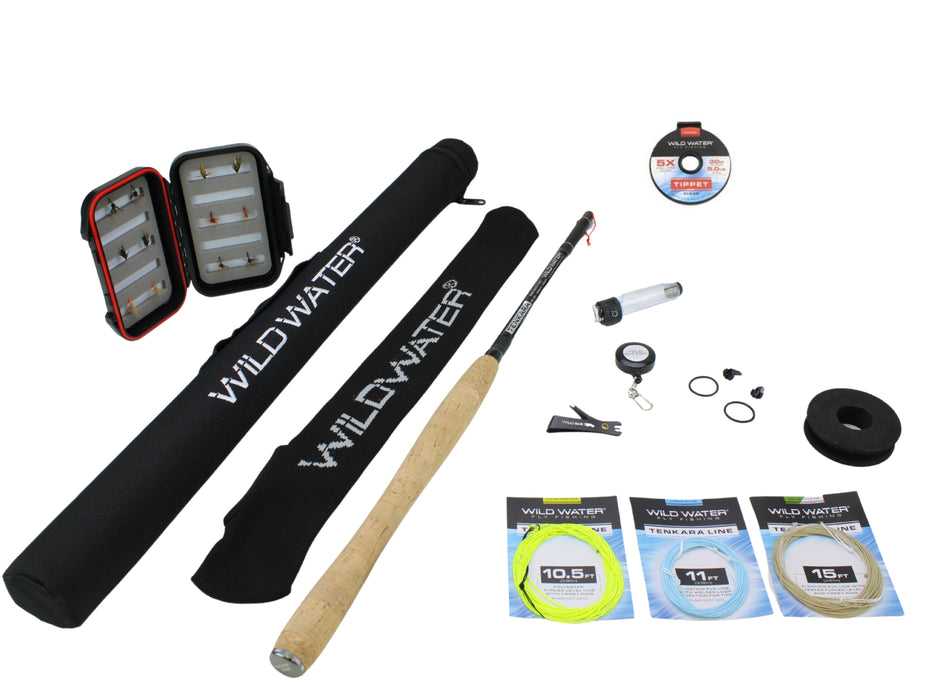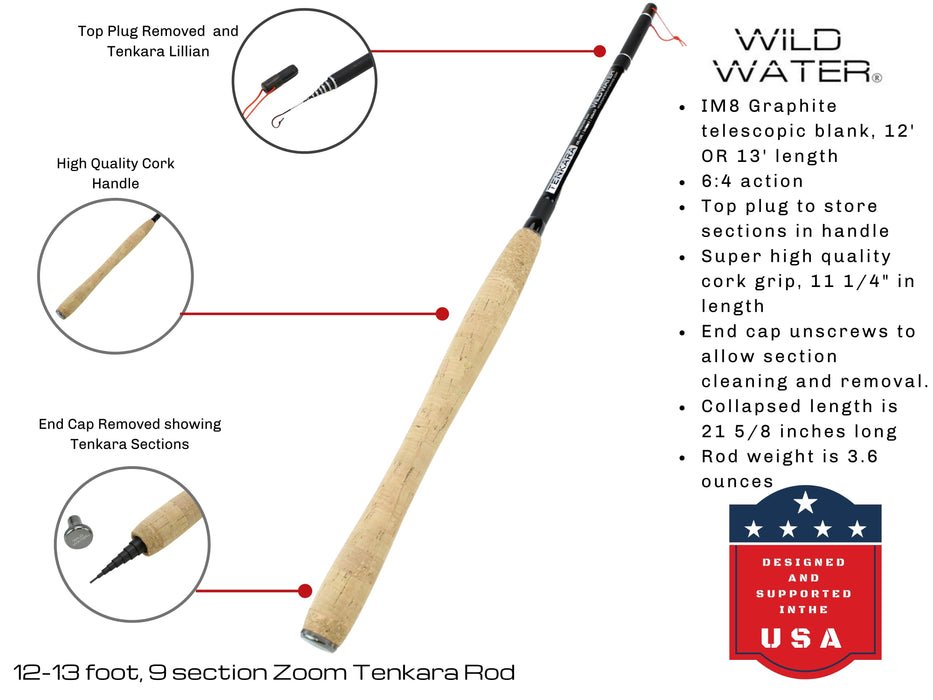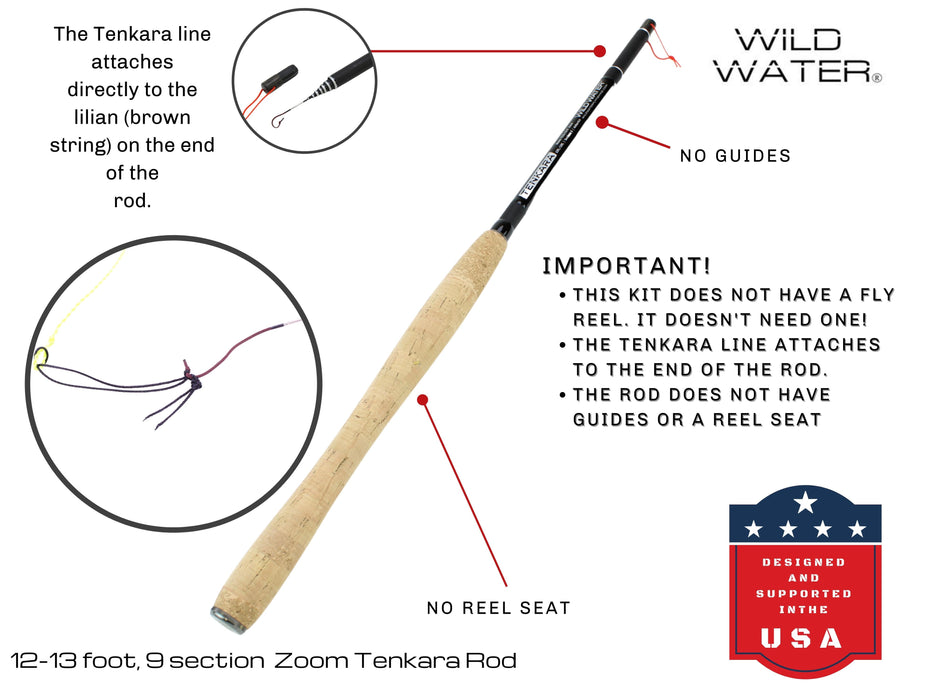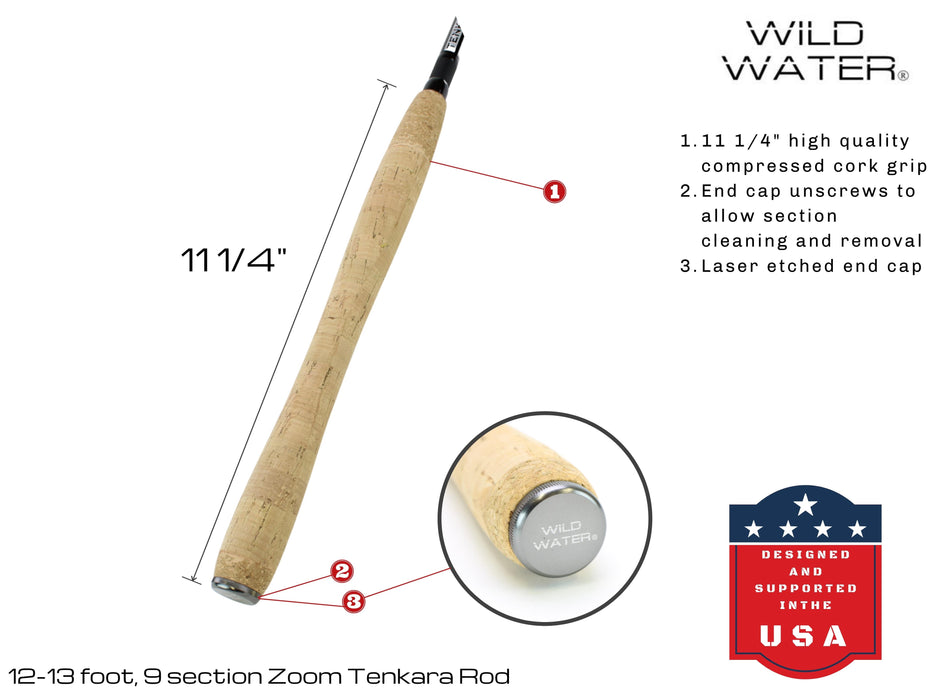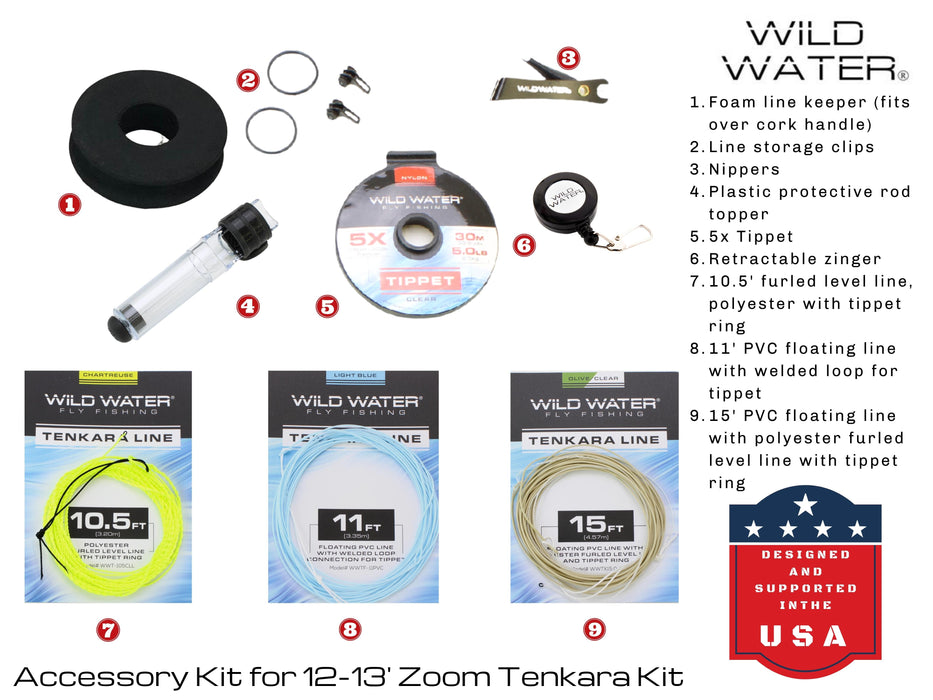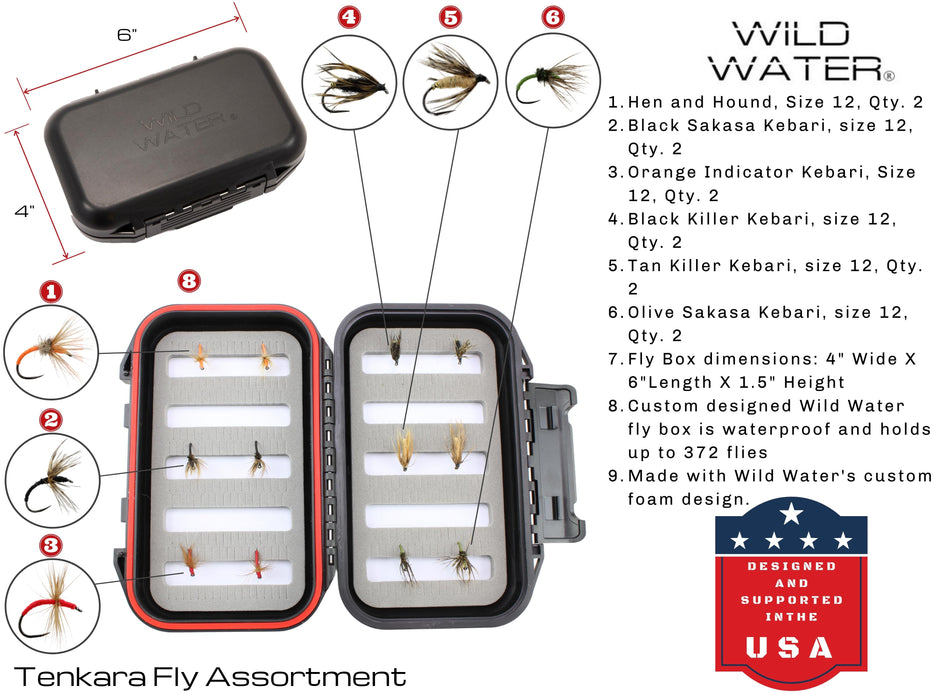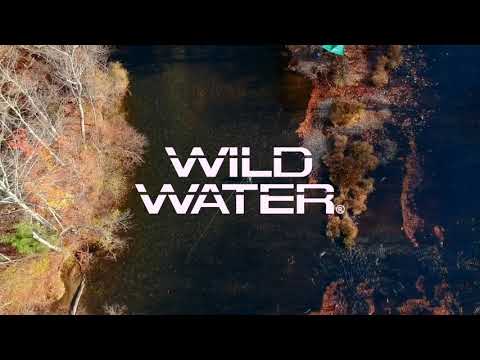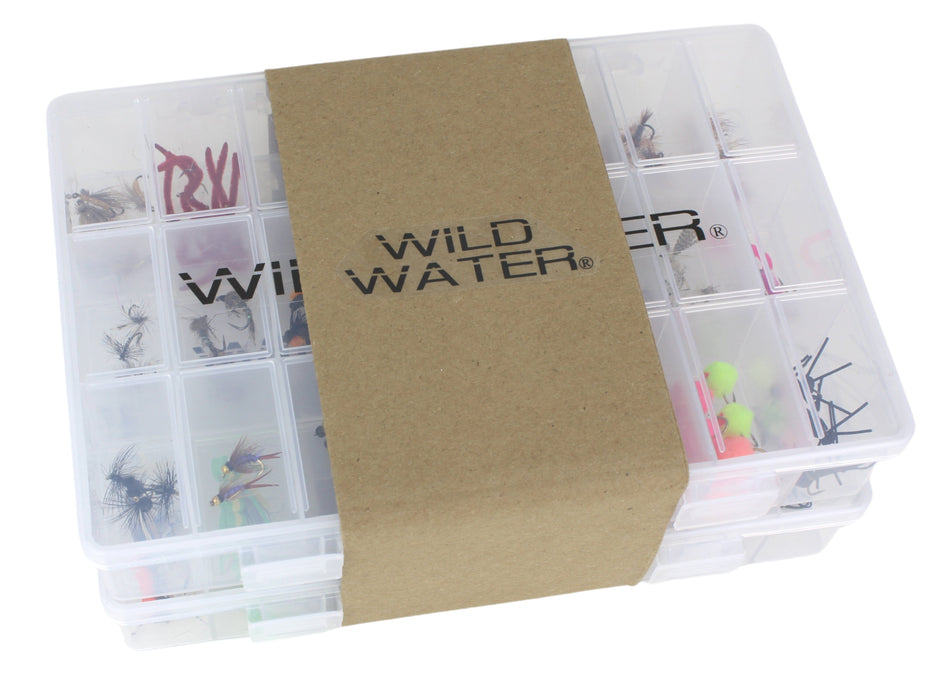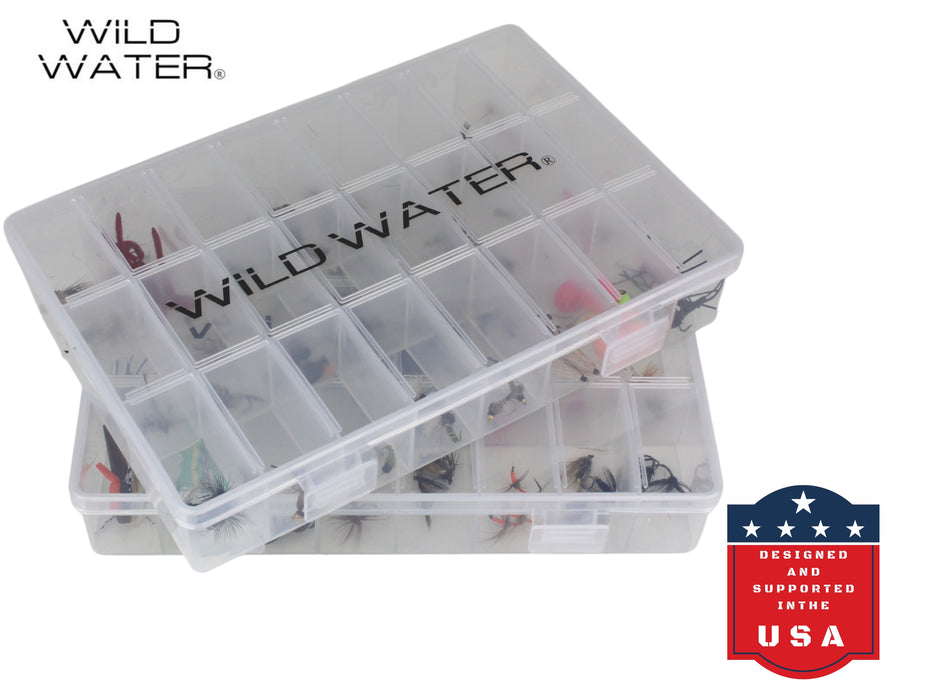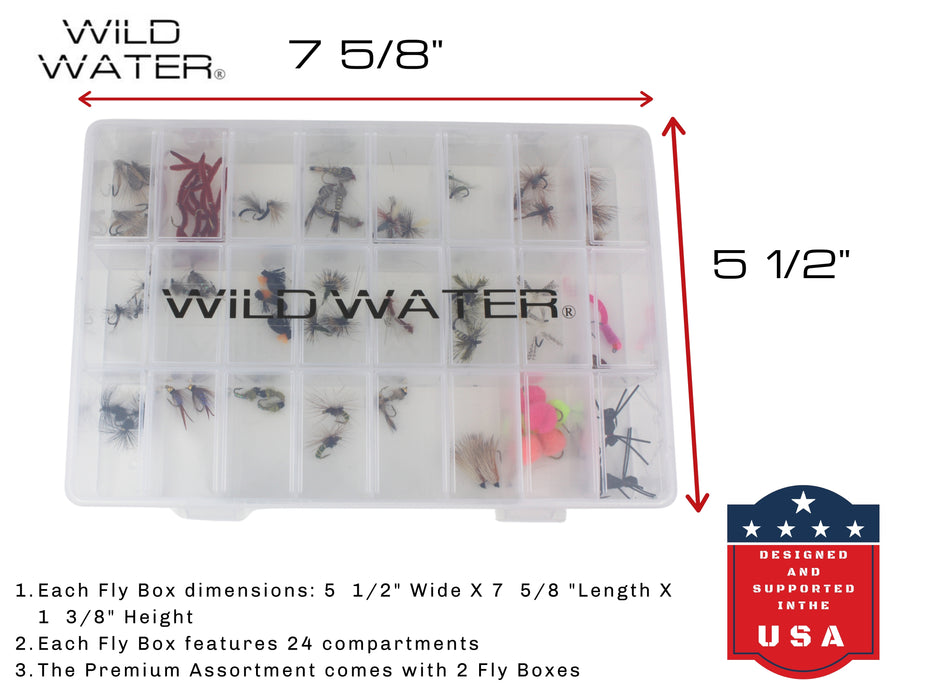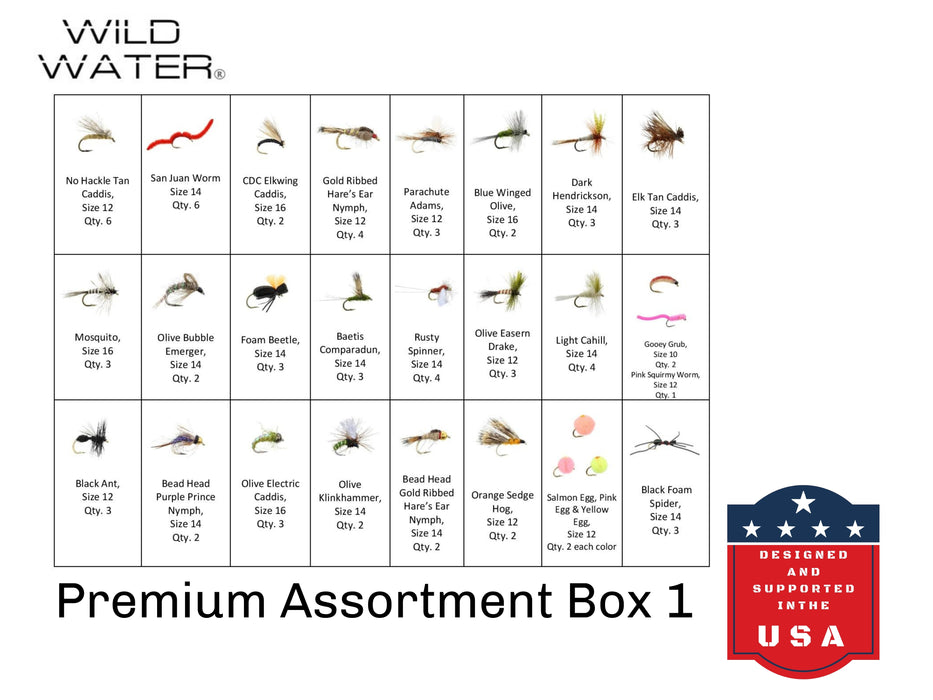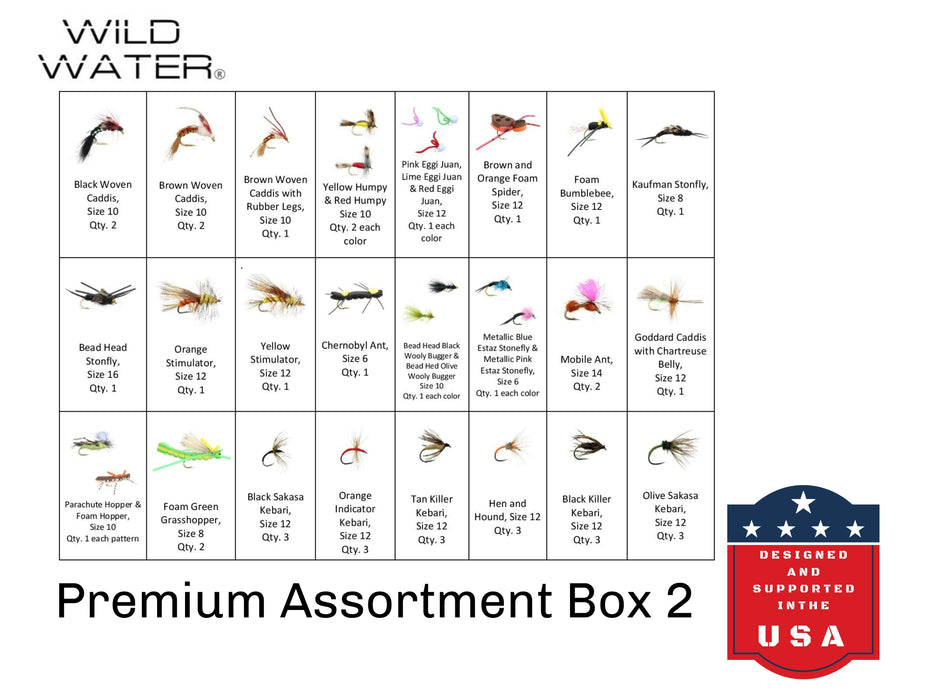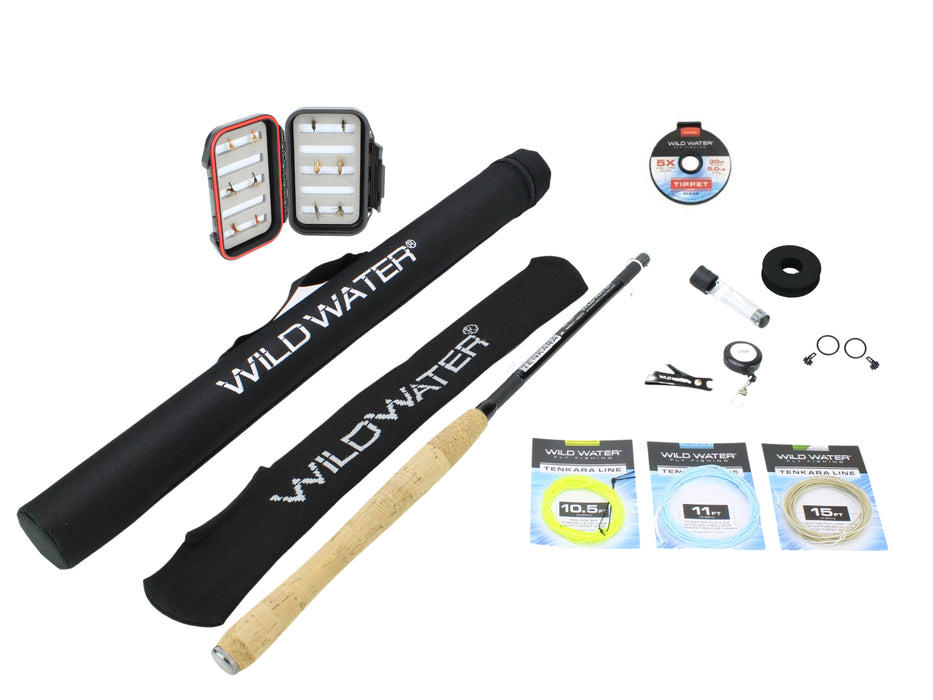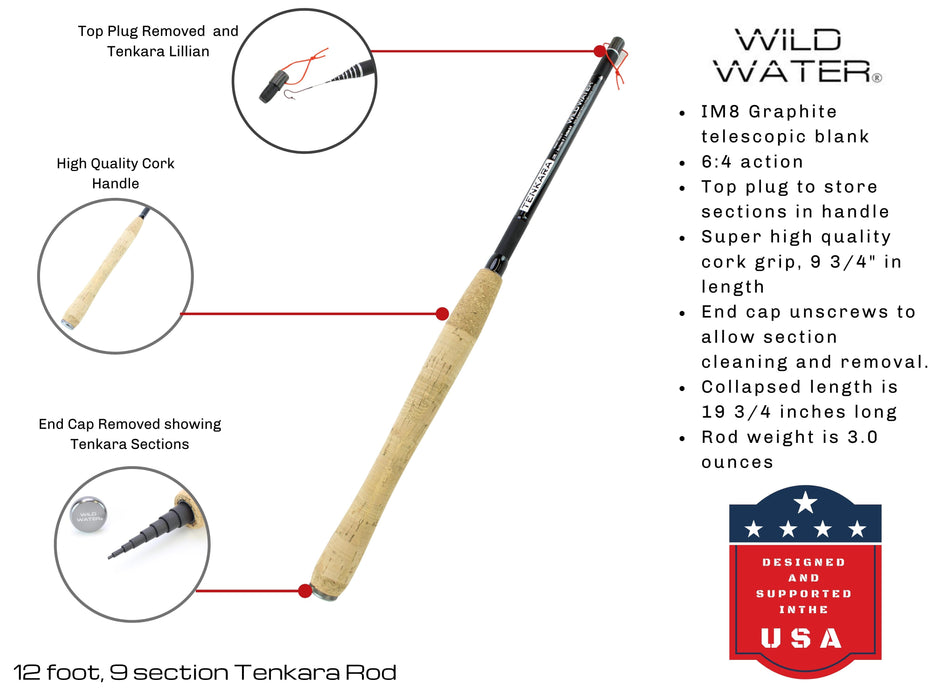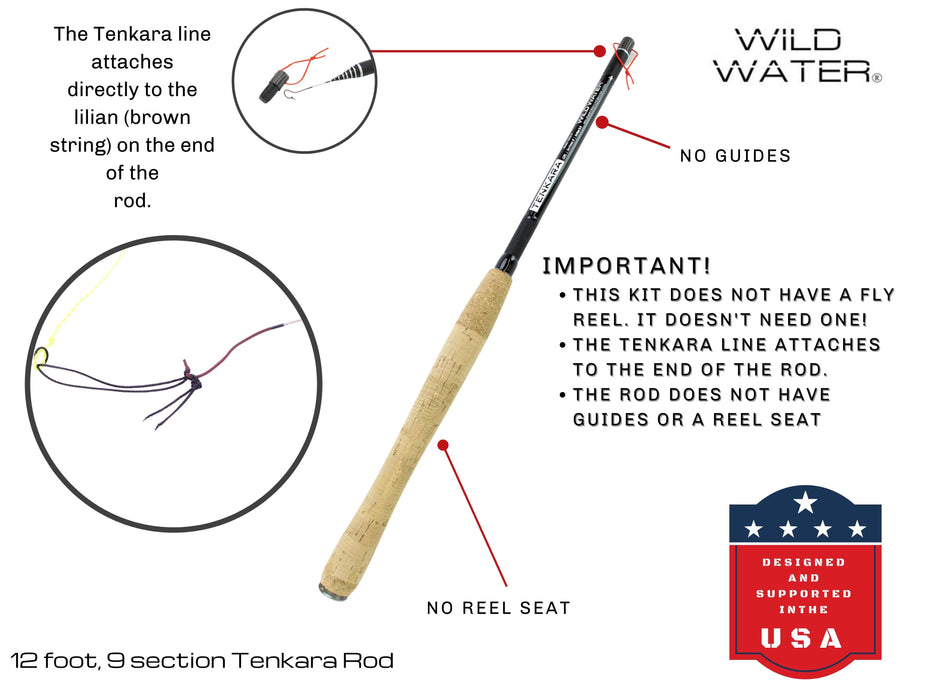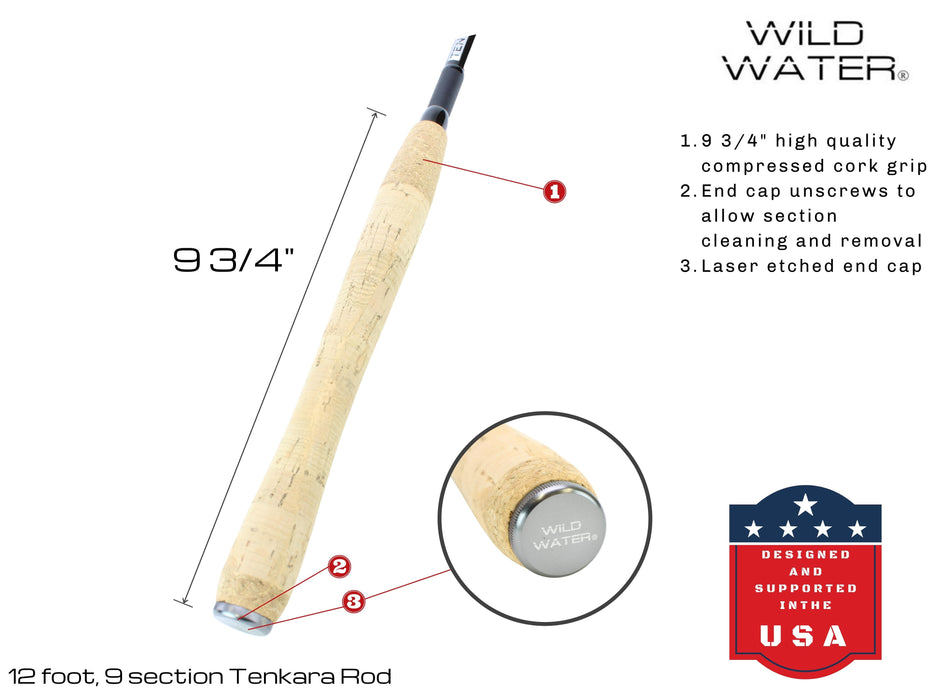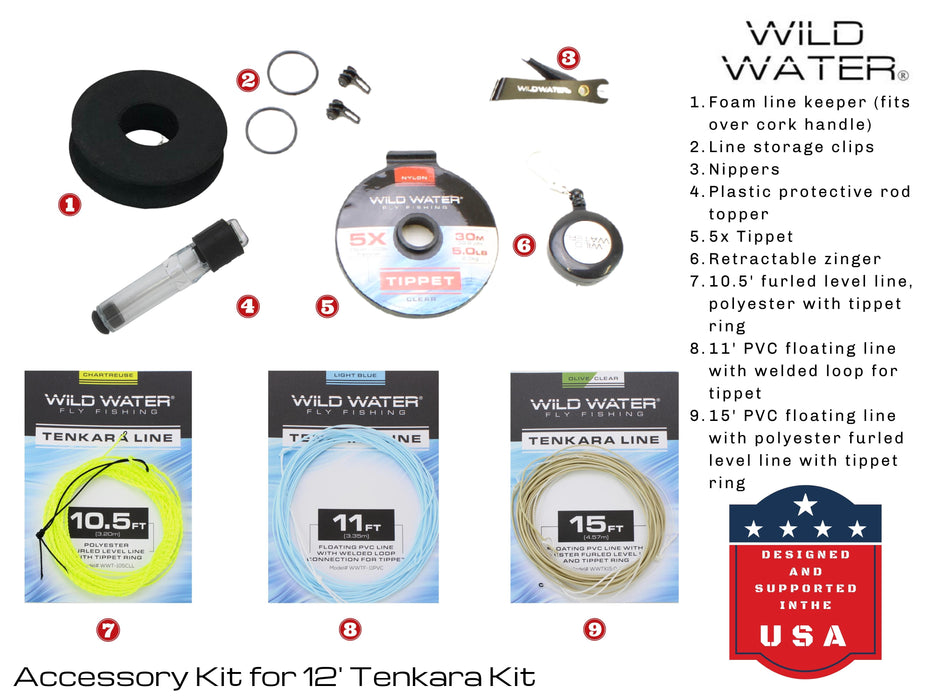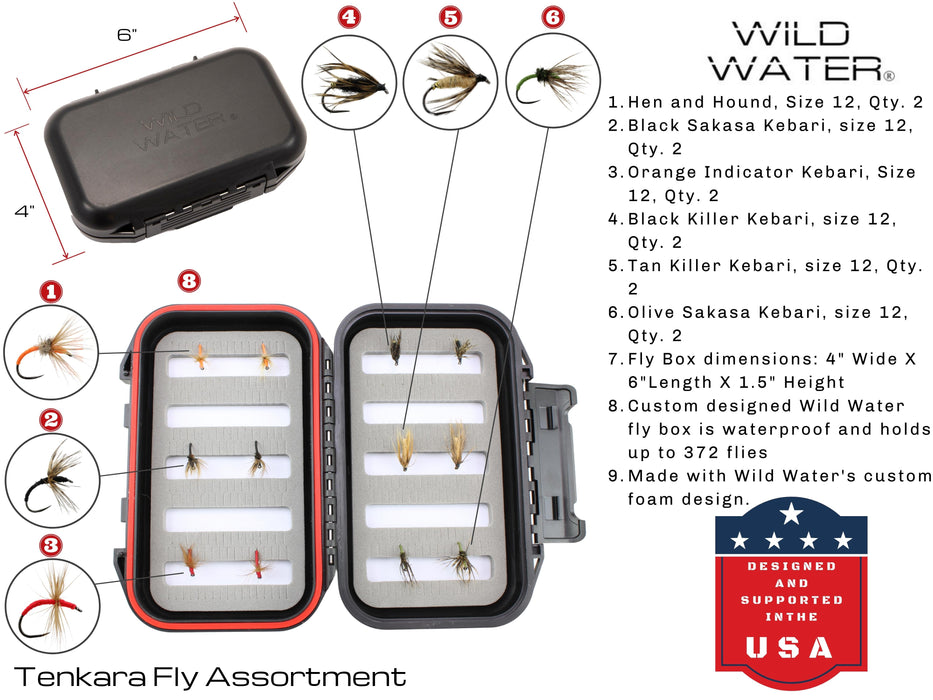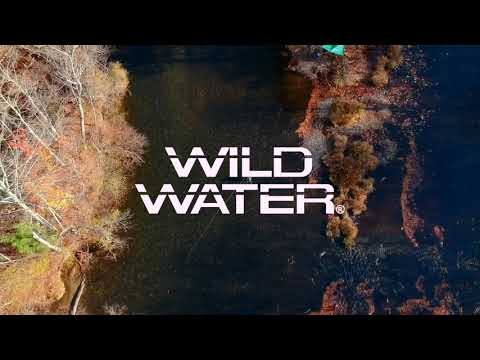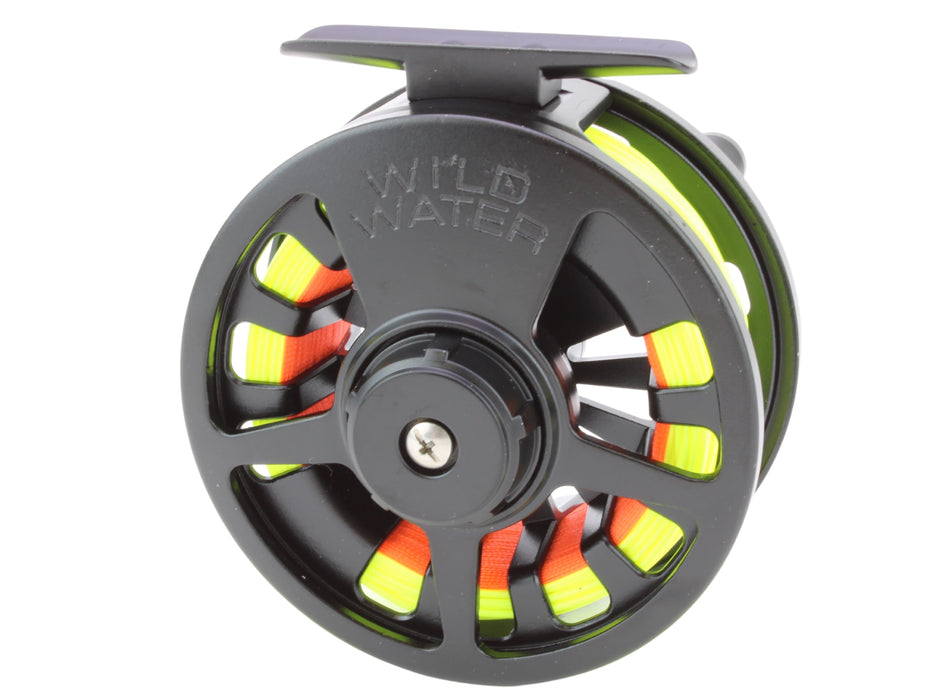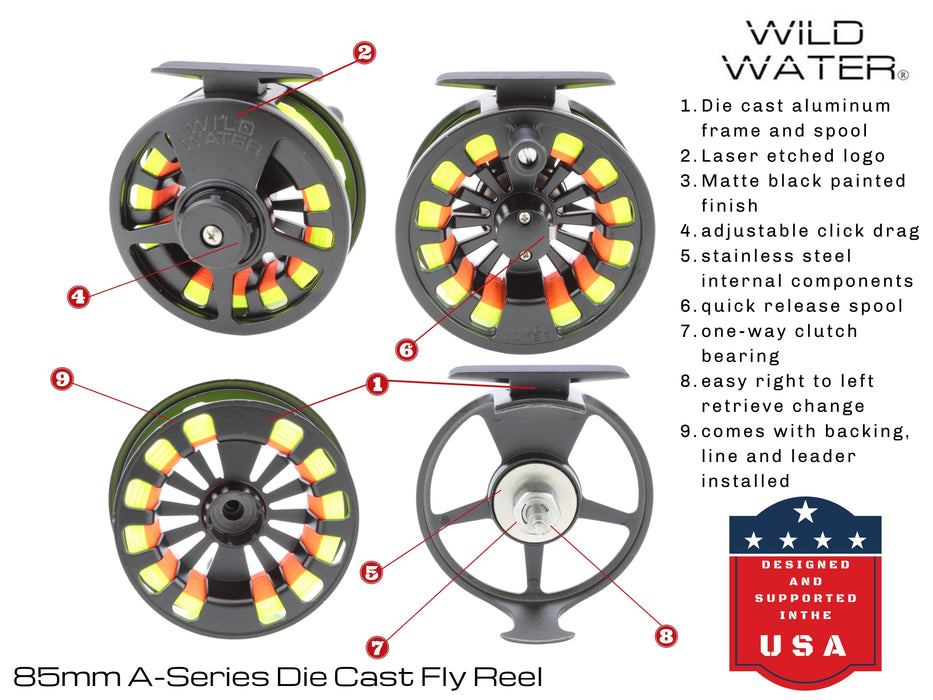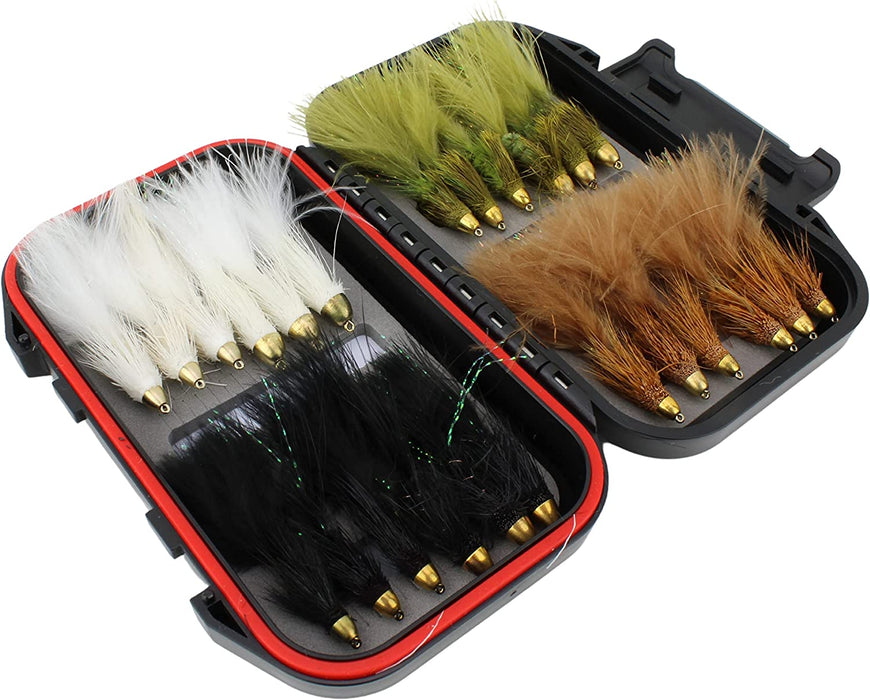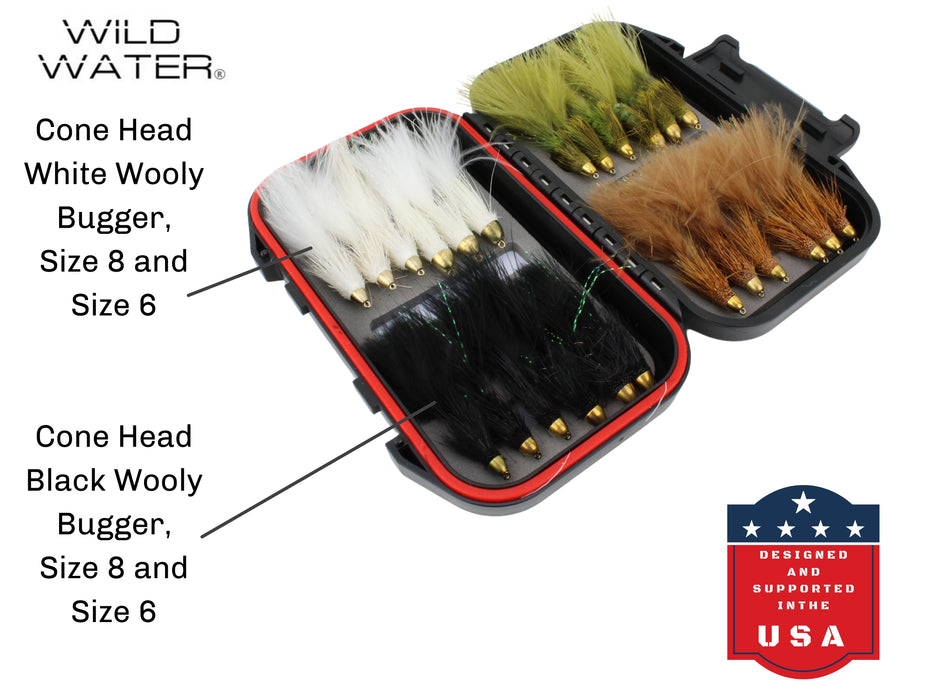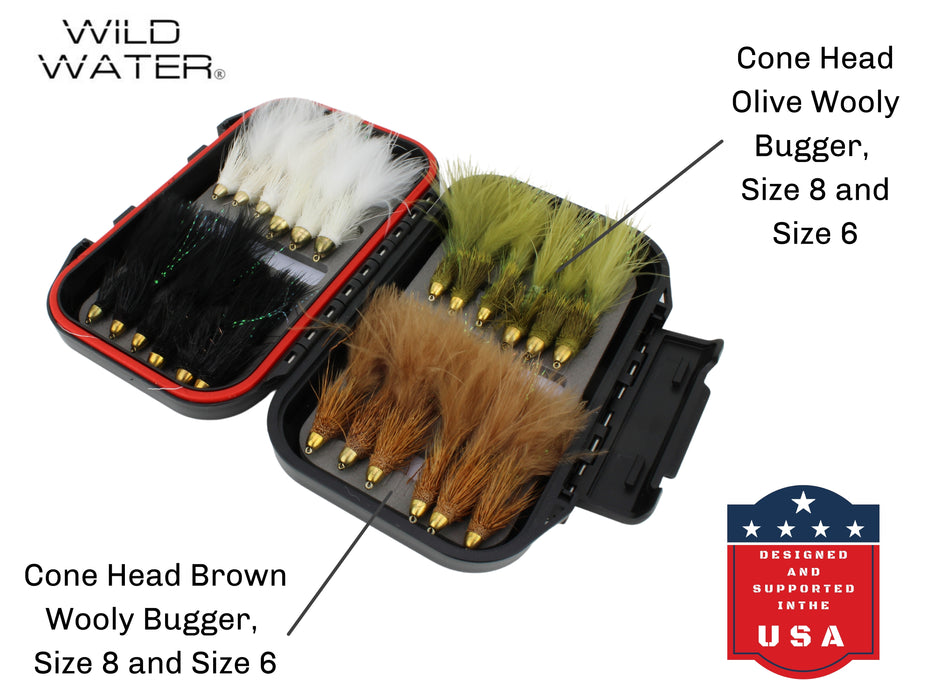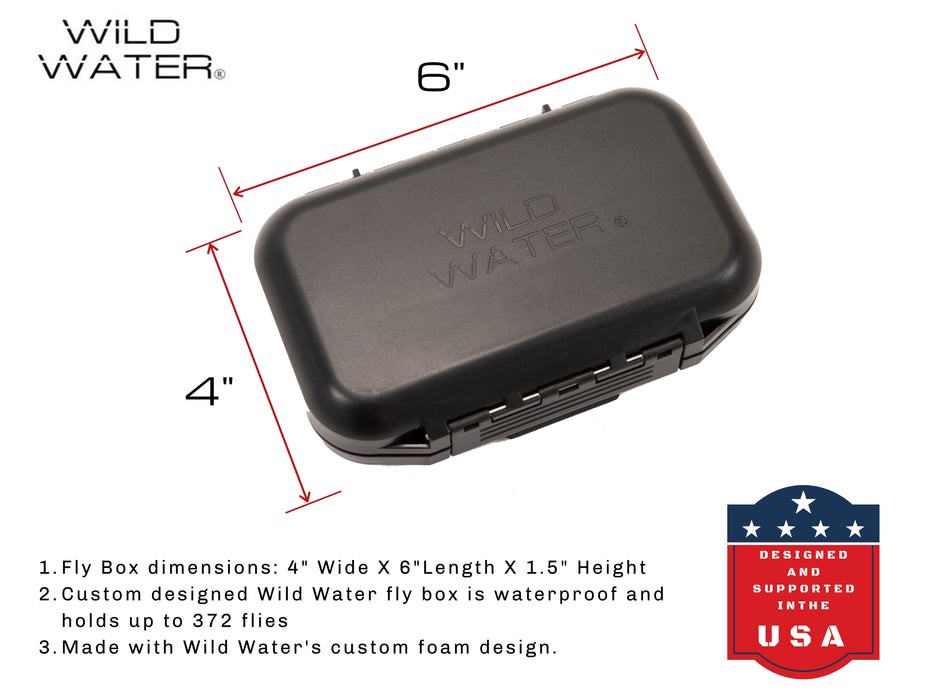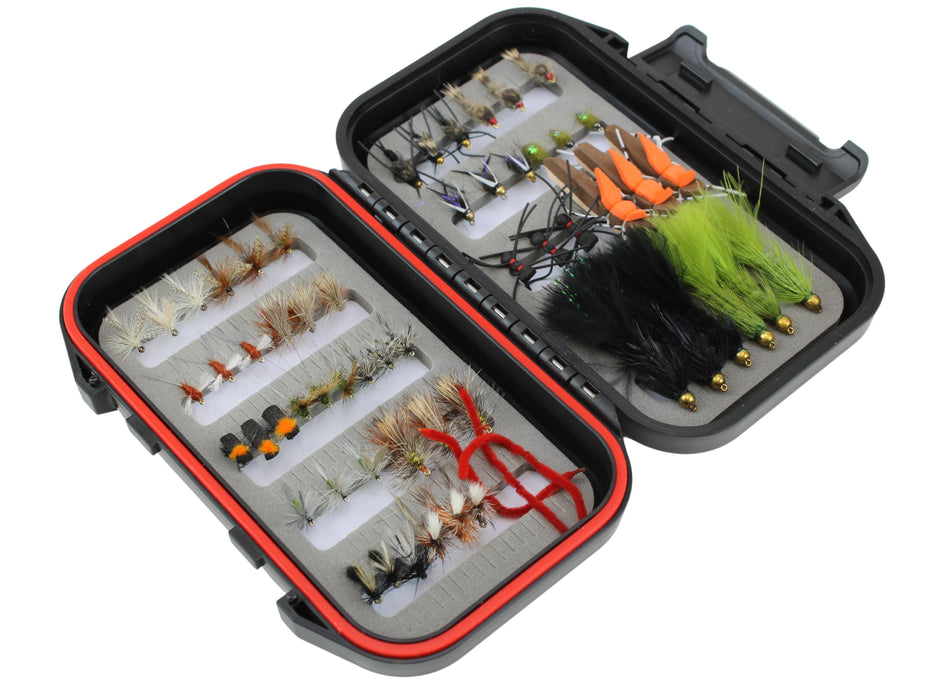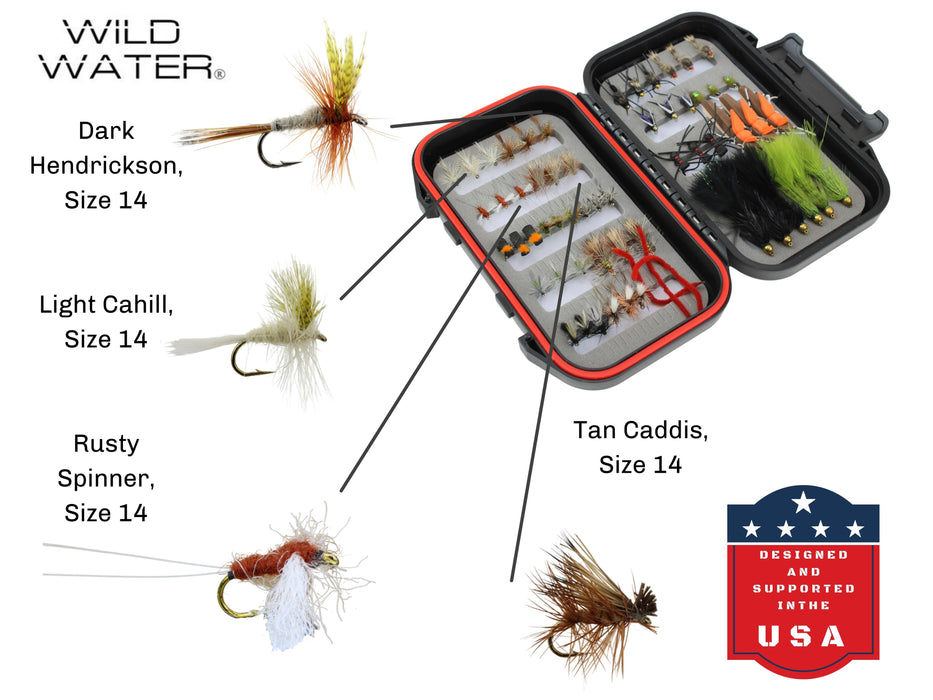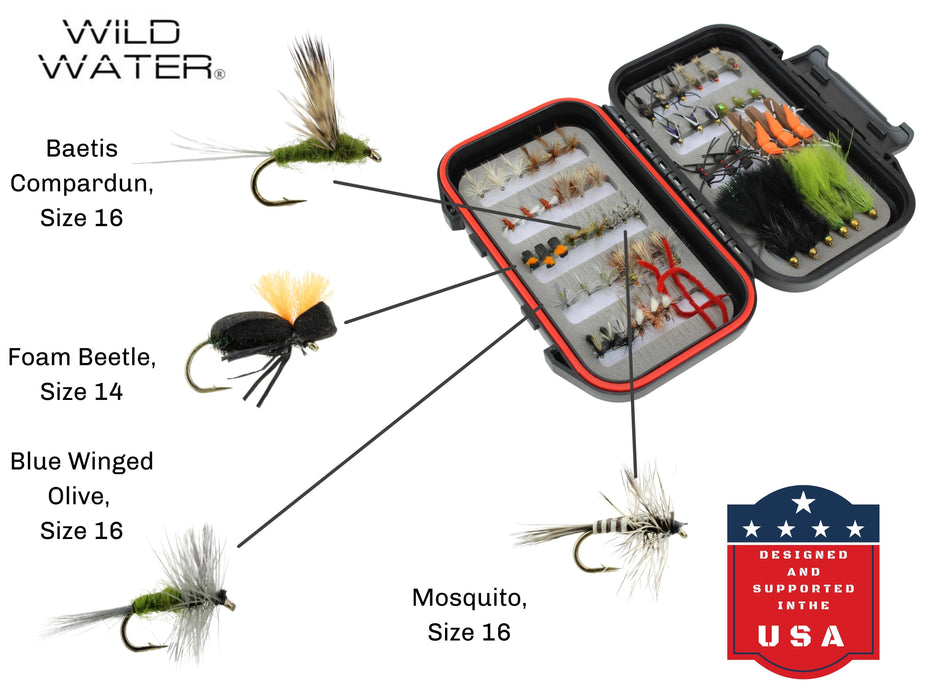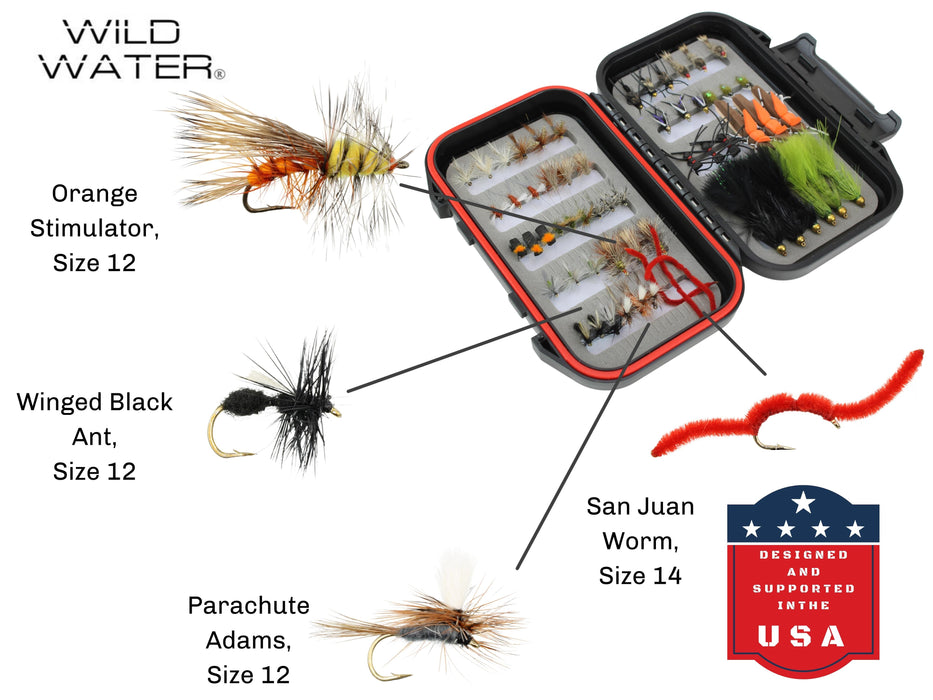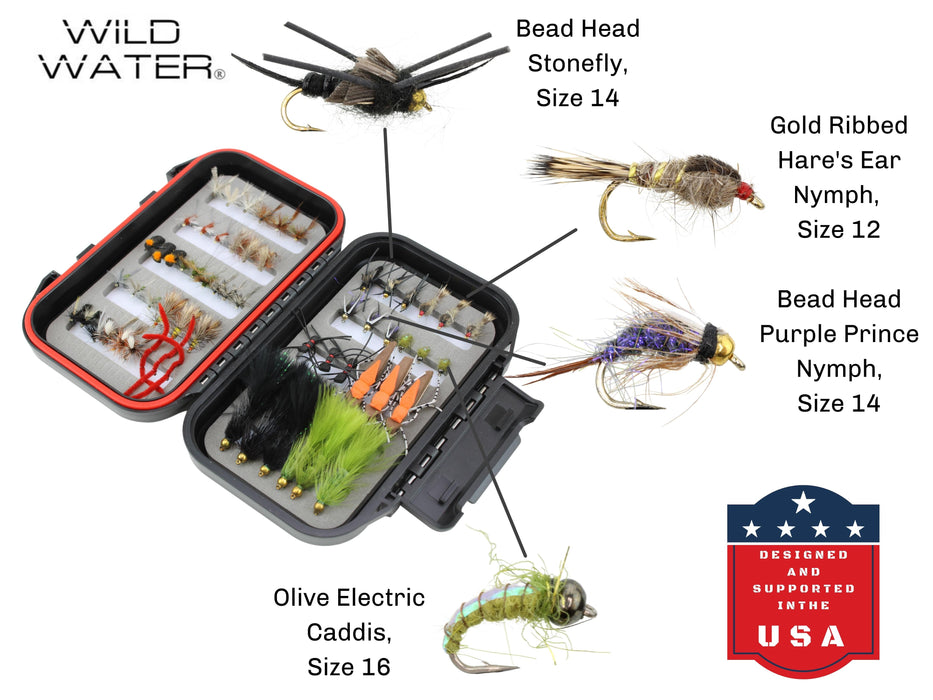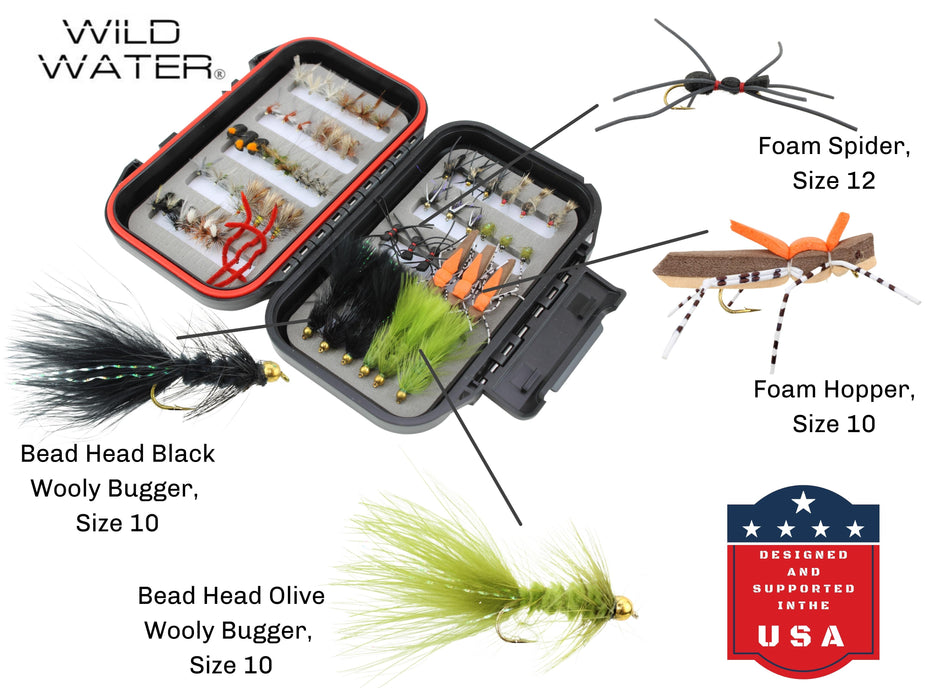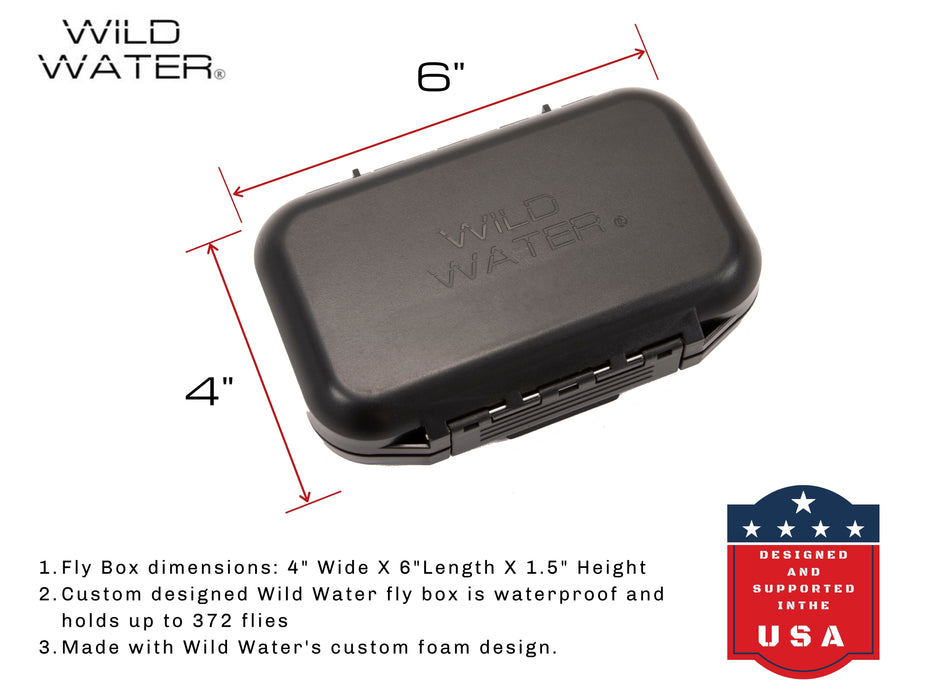First of all the fishing term “fly” doesn’t always mean an imitation of a natural insect. A “fly” can be an imitation of a frog, a small fish, a spider, even a mouse. Basically a fly is an imitation of something that you attach to your fly line and that you use to try and catch a fish. Here are some types.
Dry Fly: These are fished up on top of the water and typically imitate adult insects like mayflies, caddisflies, stoneflies, midges, or damselflies. The dry fly is used to mimic adult flying insects that float on the surface of the water or hover just above it. Within this category are three main types of insects – may flies, caddis flies, and stone flies. These flies begin as nymphs that are born and live underwater for the first part of their lives. Like a butterfly that hatches from a cocoon, these insects hatch from what’s called a nymphal shell, and after they hatch they attempt to take flight. But first they must rise from the water to the surface. There they dry their wings as they float, and are eventually able to fly away It is during this stage that fishermen cast their imitations onto the water surface in an attempt to catch them. You want to own a minimum of one mayfly pattern, one caddis fly pattern, and one stone fly pattern. And of course you want to own them in different sizes and colors
Wet Fly: A "wet fly" is a fisherman's term for an artificial fly that doesn't drift on top of the water surface like a dry fly. A wet fly is under the surface of the water, and it represents a fly that has emerged from its nymph stage and is rising to the surface, or it can be a drowning fly that is under the water surface. Understanding the differences between dry flies vs wet flies is fundamental to choosing the right technique for your fishing conditions. These flies usually have wings or soft hackle, to imitate their struggling in the water. You want to try different depths with them, and you don't need to let them drift on the surface - you can let them swing across the river and give them a "twitch".
Nymph: In fishing terms, this is an underwater insect that will eventually “hatch” into a flying insect with wings. A “nymph” imitates the insects under water stages as they grow and mature in the cracks and undersides of rocks. Unlike dry flies, they are generally fished at the bottom of the river or lake, not at the top. They need to be weighted to get down to where the fish are. The fly itself can be weighted, or you can use a sinking fly line, or maybe even a weight on the leader. Nymphs are larger than dry flies, because the winged insect must break out of the nymphal shell when it hatches. While consistent dry fly fishing isn’t always available, there are usually underwater nymphs around, so fish are constantly looking for them. Trout spend most of their time feeding underwater so nymphing can be more effective than dry or wet fly fishing.
Terrestrials: These are land based creatures that have fallen into the water. A terrestrial insect has no aquatic stage. They can be grasshoppers, ants, crickets, beetles, spiders, mice, even a baby bird fallen from its nest. Terrestrials usually have legs but no wings. Generally a fly that is a terrestrial will be much larger than a dry fly. If no fish are rising – that’s a good time to put on a terrestrial – that’s when they’re loved by big trout!
Streamers: A streamer is a fly built to imitate a “bait-fish”, or a smaller fish that larger fish generally like to feed on, such as sculpin and minnows. So it’s always fished underwater, and generally twitched or stripped, so as to give it movement like a small fish fleeing from a predator. A big fish need lots of protein to survive, so when it sees a potential big meal it will quickly attack it to keep another fish from getting it. And when a fish attacks a fly aggressively it’s generally going to be well hooked. Most streamers are made with flashy elements to try to attract a fishes attention and get them to strike. Streamers are a bit heavier than dry flies or nymphs, and so can be more difficult to cast.
Top Water Flies: Top water flies are more for warmer water fish, like bass, bluegill, crappies, sunfish, etc. They can also be great for saltwater fishing. Those places don’t usually have may fly, caddis fly, and stonefly hatches so a different kind of fly should be used. Popper flies or deer hair flies that make a little commotion on the water are good at attracting the attention of panfish, especially small mouthed bass. Soft hackles or rubber legs that make some movement in the water, especially when you twitch them are also effective. Chernobyl ants can work well, as can smaller ants, medium sized wooly buggers, and various spider patterns.

